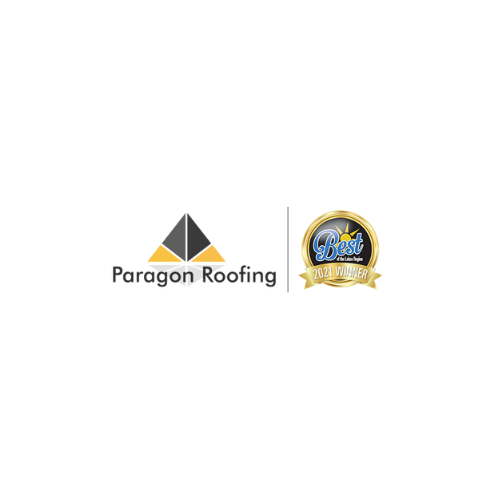
When it comes to protecting your home, few components are as critical as your roof. Whether you're replacing an aging roof or constructing a new home, understanding the process of Roof installation can help you make informed decisions and avoid surprises. A proper installation ensures not only durability and weather resistance, but also long-term value and peace of mind.
In this guide, we’ll walk you through each step of a professional Roof installation, so you know exactly what to expect.
1. Initial Roof Inspection and Estimate
Before any materials are ordered or work begins, a reputable roofing contractor will start with a detailed inspection. This includes assessing the existing roof’s condition (if replacing), measuring the roof dimensions, and identifying any structural issues or water damage.
Following this assessment, the contractor will provide an estimate that includes labor, materials, timeline, and warranty information. This step is crucial for setting expectations and ensuring everything is in writing.
2. Material Selection and Scheduling
Once you’ve agreed to the estimate, the next step is selecting your roofing materials. This includes:
Roofing type (asphalt shingles, metal, tile, etc.)
Underlayment materials
Flashing and ventilation components
Color and style choices
The contractor will also coordinate a project schedule based on weather conditions, crew availability, and material delivery timelines.
3. Tear-Off of Existing Roof (if applicable)
If you’re replacing an old roof, the existing materials must be removed down to the deck. This process includes tearing off old shingles, felt, nails, and flashing. Removing everything allows the contractor to inspect the wood decking beneath and identify any rot, warping, or weak spots.
Any damaged sheathing is replaced to ensure a solid foundation for the new Roof installation.
4. Deck Preparation and Repairs
Once the roof deck is exposed, contractors will:
Inspect for rot or damage
Replace any compromised wood panels
Ensure the deck is clean, dry, and level
Proper deck preparation is essential for long-lasting results and prevents future issues like sagging or leaks.
5. Installation of Underlayment and Flashing
Next comes the installation of the underlayment—a water-resistant or waterproof barrier that protects your home from moisture. This step helps provide a secondary line of defense against wind-driven rain.
Flashing is also installed around areas like chimneys, valleys, vents, and skylights to direct water away from vulnerable points and reduce the risk of leaks.
6. Laying the Roofing Material
This is the most visible and labor-intensive part of the Roof installation process. Depending on your chosen material, the team will:
Lay shingles or panels starting from the bottom edge of the roof
Align and fasten each piece securely
Follow manufacturer guidelines and local codes
Each roofing material has specific installation requirements. Skilled roofers ensure that these are followed for maximum durability and warranty compliance.
7. Ridge Capping, Vents, and Final Details
Once the main roof area is covered, contractors install ridge caps—special shingles or metal pieces that cover the roof’s peak and prevent water from entering. Roof vents are also installed or replaced to ensure proper attic ventilation, which is critical for energy efficiency and moisture control.
Contractors will also:
Paint any exposed metal for aesthetics
Caulk flashing and fasteners
Clean up debris
8. Final Inspection and Clean-Up
After the installation is complete, a final inspection is conducted to ensure the entire roof system has been installed correctly. Contractors check for proper alignment, secure fastening, sealed flashings, and clean valleys.
The job site is cleaned thoroughly—removing old materials, nails, and waste. Some contractors even use magnetic rollers to catch stray nails in the yard or driveway.
9. Warranty and Documentation
Upon completion, your roofing company should provide:
A workmanship warranty (covering labor)
Manufacturer warranty (covering materials)
A final invoice or receipt
Maintenance recommendations
A proper Roof installation involves more than just laying shingles—it’s a multi-step process that requires precision, experience, and attention to detail. Understanding each phase helps you communicate better with your contractor and feel confident in the investment you’re making in your home.





























